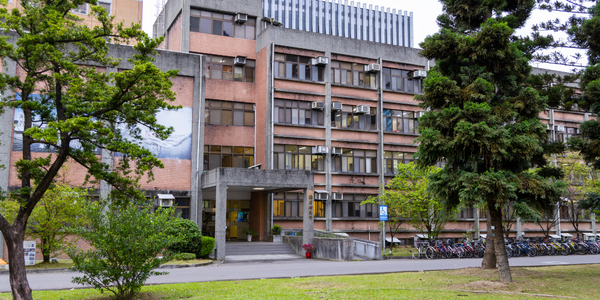Technology Category
- Infrastructure as a Service (IaaS) - Virtual Private Cloud
- Platform as a Service (PaaS) - Application Development Platforms
Applicable Industries
- Buildings
- Cement
Applicable Functions
- Product Research & Development
Use Cases
- Building Automation & Control
- Digital Thread
Services
- System Integration
About The Customer
Run The World is a fast-growing virtual event platform founded in 2019 by San Francisco-based entrepreneurs Xiaoyin Qu and Xuan Jiang. The platform was inspired by the serendipitous connections that in-person conferences create and aims to replicate this experience in a virtual environment. Run The World's entire product vision is to drive engagement and interactions in a virtual environment and create the same social experience one has at an offline event. As in-person events paused in 2020, Run The World’s attendee-centric technology became all the more important to support the widespread transition from in-person to virtual events.
The Challenge
Run The World, a fast-growing virtual event platform, faced a significant challenge as it expanded its user base. The platform needed a robust, scalable chat solution that could support its exponential growth and keep its community engaged. The existing in-platform chat solution, built on top of a third-party chat provider’s technology, was not up to the task. It lacked the sleek messaging experience of popular apps like Facebook Messenger, Slack, and WhatsApp. As the company rapidly added users and started hosting larger events, it became clear that a chat API solution with a flexible pricing structure was needed to support their rapid scale. Additionally, Run The World needed more sophisticated live chat features such as thread replies and message reactions to meet the high expectations of their tech-savvy users. The platform also needed to add a direct messaging capability to facilitate the rich 1:1 conversations that naturally occur at in-person venues.
The Solution
Run The World integrated the Stream Chat API into its platform to replace its existing third-party messaging solution. Stream Chat API was chosen for its easy-to-use chat SDKs, flexible framework, and custom pricing structure that could accommodate significant concurrent connection increases. The company activated features such as direct messaging, thread replies, and emojis and reactions to boost engagement and foster attendee connections. Stream’s chat API was the clear choice due to its easy-to-use chat SDKs and flexible framework that Run The World developers skinned their UI over. The integration with Stream Chat provided Run The World with a reliable, polished, richly featured chat that is able to scale with the platform as it grows. Looking ahead, the platform plans to activate more of Stream’s industry-leading features, including a rich moderation toolset to ensure that community conversations are kept civil.
Operational Impact

Case Study missing?
Start adding your own!
Register with your work email and create a new case study profile for your business.
Related Case Studies.

Case Study
System 800xA at Indian Cement Plants
Chettinad Cement recognized that further efficiencies could be achieved in its cement manufacturing process. It looked to investing in comprehensive operational and control technologies to manage and derive productivity and energy efficiency gains from the assets on Line 2, their second plant in India.

Case Study
Energy Saving & Power Monitoring System
Recently a university in Taiwan was experiencing dramatic power usage increases due to its growing number of campus buildings and students. Aiming to analyze their power consumption and increase their power efficiency across 52 buildings, the university wanted to build a power management system utilizing web-based hardware and software. With these goals in mind, they contacted Advantech to help them develop their system and provide them with the means to save energy in the years to come.

Case Study
Intelligent Building Automation System and Energy Saving Solution
One of the most difficult problems facing the world is conserving energy in buildings. However, it is not easy to have a cost-effective solution to reduce energy usage in a building. One solution for saving energy is to implement an intelligent building automation system (BAS) which can be controlled according to its schedule. In Indonesia a large university with a five floor building and 22 classrooms wanted to save the amount of energy being used.

Case Study
Powering Smart Home Automation solutions with IoT for Energy conservation
Many industry leaders that offer Smart Energy Management products & solutions face challenges including:How to build a scalable platform that can automatically scale-up to on-board ‘n’ number of Smart home devicesData security, solution availability, and reliability are the other critical factors to deal withHow to create a robust common IoT platform that handles any kind of smart devicesHow to enable data management capabilities that would help in intelligent decision-making

Case Study
Protecting a Stadium from Hazardous Materials Using IoT2cell's Mobility Platform
There was a need for higher security at the AT&T Stadium during the NFL draft. There was a need to ensure that nuclear radiation material was not smuggled inside the stadium. Hazmat materials could often be missed in a standard checkpoint when gaining entry into a stadium.








